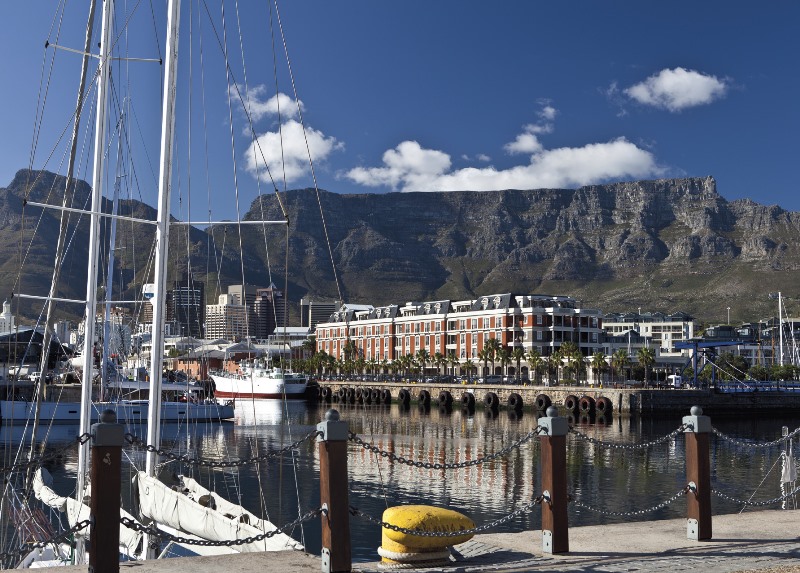A regional overview of the Western Cape
People are moving to the Western Cape. Tourists in increasing numbers are flying direct to Cape Town before travelling up the Garden Route to sample the delights of the Knysna lagoon or along the R62 to experience the Little Karoo. Asset managers are setting up headquarters in Cape Town. Business leaders are “semi-grating” to George. For many reasons, the Western Cape is experiencing a net inflow of people, attracted to the province’s good infrastructure and opportunities in several strong economic sectors.
About 150 000 South Africans have moved to the Western Cape from other parts of South Africa in a decade. A shortage of water, however, is proving to be a real concern, the result of a years-long drought. Measures have been put in place in greater Cape Town to create from seawater about 500 000 litres of drinkable water per day from desalination plants. Elsewhere in the province, boreholes are being dug but longer-term plans will have to be worked out to deal with the problem. One idea being mooted in Cape Town is the creation of suburban underground reservoirs to collect stormwater from run-off.
Tourism is a sector where the Western Cape has been strong for many years, but the current levels are providing a material boost to the economy in many parts of the province. Each region has its strengths and there is terrific diversity on offer.
A new area of strength in the Western Cape is technology. France has officially designated the city as one of six global French Tech Hubs, together with the likes of San Francisco, Tel Aviv and New York. French Tech Labs was launched as a fintech incubator at Century City in 2016 and the British bank, Barclays Bank, has also invested in a fintech incubator in Cape Town, Rise. There are six other Rise sites around the world, including New York, Vilnius and Mumbai.
The presence of French and British firms points to an interesting new reality which will soon come into force, namely Britain’s exit from the European Union. South Africa will need to renegotiate treaties with Britain as a free-standing nation and France has already signalled that it wants to start doing more business with and in South Africa. AfricArena 2017, a technology conference expressly designed to link African technology innovators with “international technology stalwarts”, was surely part of that drive, co-hosted as it was by La French Tech Cape Town and Silicon Cape.
The Western Cape stretches to the north along the Atlantic Ocean about 400 km north of the provincial capital, Cape Town, to Plettenberg Bay in the east. Beaufort West on the N1 highway is the biggest town in interior. The province is very well served with infrastructure such as the N1 and N2 highways, and the N7 which services the West Coast. Three ports at Saldanha Bay, Cape Town and Mossel Bay serve different markets.
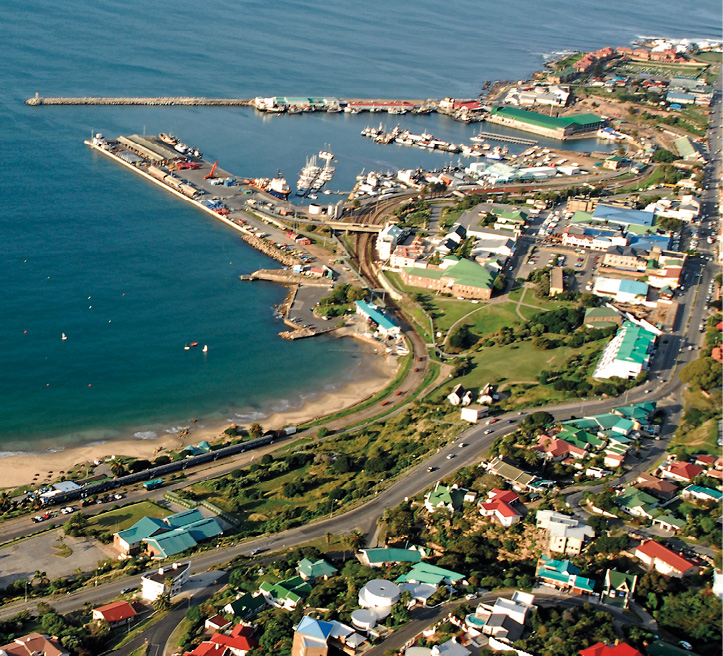
In the Western Cape, Cape Town International Airport and George Airport see to air travel needs. Cape Town also hosts an oil refinery (Chevref) and a gas-to-liquids refinery at Mossel Bay run by the national oil company, PetroSA. Koeberg nuclear power station is South Africa’s only such power station. Wind and solar power are being installed rapidly across the province as South Africa tries to end its dependency on fossil fuels.
The national parliament is located in Cape Town and there is a separate provincial legislature.
Innovation
Innovation in the medical field involving diagnostics and medical devices is another growth area for the Cape economy. A truly remarkable piece of innovation has come out of the coastal town of Mossel Bay. The Times newspaper reported in October 2017 that fish skin, previously regarded as a waste product, is being used to make handbags and shoes.
Ocean Hide also makes wallets and bowties. The company is part of Afrishore Fishing, and was formed in 2016 to try to avoid retrenching people when the global oil and gas industry slowed down. The company’s founders noted that with ostriches nearby and an existing leather tannery in Mossel Bay, the potential was there to start producing a leather-like product.
Innovation is also taking place in the energy sector, especially in the green economy. Atlantis is being promoted as a green economy manufacturing hub and biogas and the use of waste for energy have huge potential.
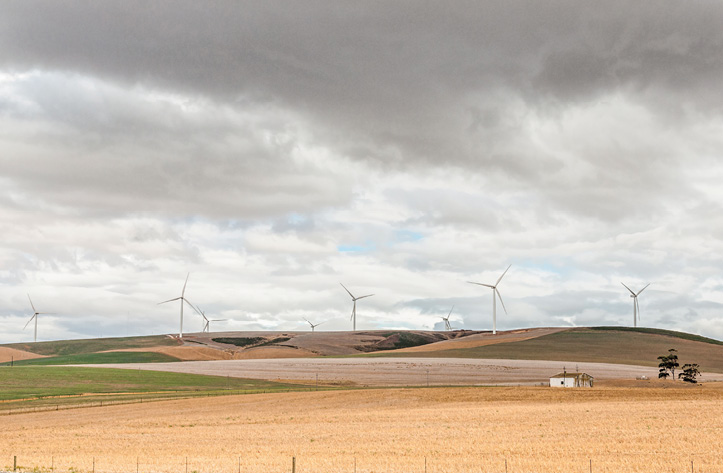
Economy
Finance, business services and real estate combined contribute 28% to the gross domestic product (GDP) of the Western Cape. The financial services and insurance sector are key components of the economy. Many of South Africa’s biggest companies have their headquarters in Cape Town. Asset management and venture capital companies have been growing steadily.
Although agriculture only accounts for 4.3% of GDP on its own, the sector is responsible for the fruit and vegetables that contribute to agri-processing which accounts for nearly 40% of the province’s export basket. (Agri-processing accounts for 8.1% of GDP.) Citrus, wine, apples and pears, grapes, fruit juice, fruit and nuts and tobacco all appear in the top 10 of the province’s exports. Seventy percent of South Africa’s beverage exports come from the Western Cape. Grapes and wine sales to Europe remain very strong but the Chinese market is becoming increasingly important.
Refined petroleum was the single biggest earner for the Western Cape in 2015, with exports valued at R18.2-billion (Wesgro). The province has a diverse manufacturing sector ranging from textiles, clothing, footwear and furniture to coke and refined petroleum products. Excluding agri-processing, other manufacturing makes up 6.9% of GDP.
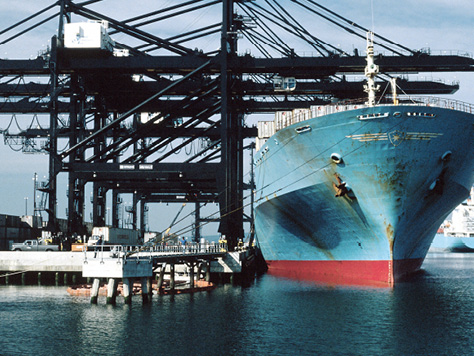
Special Economic Zones
The Western Cape has two zones designated as Special Economic Zones (SEZs) although the Atlantis SEZ is still awaiting official proclamation.
The National Department of Trade and Industry (dti) is the lead agent in the creation of SEZs, which form part of the national Industrial Policy Action Plan (IPAP).
Atlantis
The suburb of Atlantis was one of apartheid’s bad experiments that left residents stranded far north of the metropolis. The planned Special Economic Zone with a focus on green technology has started changing that reality.
Several important investments have been made into the area. Spanish wind tower manufacturer Gestamp Renewable Industries (GRI), has added to its initial investment of R300-million. Others include Resolux (R25-million) which makes internal components of wind turbines; Kaytech (a geotextiles firm) has recently expanded (R130-million) as has Skyward Windows (double glazing, R50-million). Altogether, there has been about R680-million invested in Atlantis in the green technology field.
Chinese giant Hisense established a high-tech factory in Atlantis in 2013, and is keen to expand its investment down the value chain, especially using green technology to make more efficient fridges and television sets.
Saldanha Bay
The Saldanha Bay Industrial Development Zone has formally been in existence since 2013 and it has ambitious plans to tap further into the burgeoning oil rig maintenance and repair business. About 130 rigs round the Cape every year, and South Africa attracts only a tiny fraction of them to its ports.
The SBIDZ dovetails neatly with two broader plans: Operation Phakisa (the national government’s strategy to unlock value from the Oceans Economy) and Project Khulisa, the targeted growth strategy of the Western Cape Provincial Government which includes servicing and repairing of oil rigs as a priority.
Priority sectors at Saldanha are upstream Oil and Gas, and Marine Engineering and Services, and 32 companies have already signed up as investors in the IDZ.
Three major projects are under way or in the planning stage, overseen by national government, the Southern African Oil and Gas Alliance and SBIDZ-LC: an Offshore Supply Base (to cater for ships and rigs); Berth 205 (specialised Rig and Vessel Repair Quay); and Mossgas Jetty (equipment and vessel-servicing facility and floating dock).
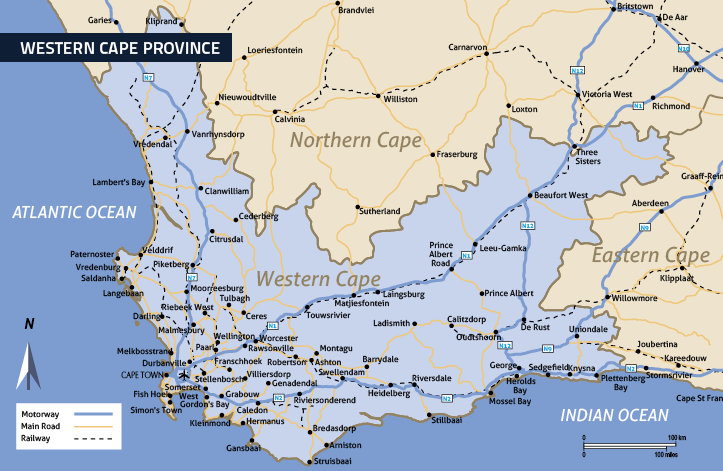
Regions
The province is divided into one metropolitan municipality and five district municipalities:
Cape Town Metropolitan Municipality
Cape Town is a culturally diverse and dynamic metropolis set among beautiful beaches and winelands with the spectacular Table Mountain as a backdrop. The city is the engine of the regional economy, with most of the Western Cape’s heavy and medium industry located within the metropolitan area of Cape Town.
The largest sector in the city’s economy is the financial and business services industry. The opening of a branch of the JSE in the city is a sign that this sector continues to grow, as is the decision of more asset managers to move their headquarters to Cape Town. The tourism, retail, construction and property sectors have been doing well for many years. The city has a population of 3.2-million and contributes 76% of the regional gross domestic product.
Cape Town is home to the nation’s parliament and is the site of two World Heritage Sites: the Cape Floral Region (including Table Mountain) and Robben Island. The Cape comprises only half a percent of the landmass of Africa yet the Cape Floral Region accounts for nearly 20% of the flora of the continent. Robben Island was the site of the incarceration of the most prominent political prisoners during the apartheid era, including Nelson Mandela. His release was celebrated on the Grand Parade outside the old city hall, which has recently been renovated.
Cape Town has been welcoming the world in increasing numbers since Mandela’s release in 1990, and it is now regarded as one of the world’s great tourist destinations, regularly ranking highly on “must visit” lists. The Air Access programme detailed elsewhere in this journal is ensuring that ever-increasing numbers of tourists from around the world can fly to Cape Town International Airport from their own countries.
The Port of Cape Town is ideally situated at the crossroads of some of the world’s most important trade routes. The transport, maritime and logistics sector is consequently very important. Bunkering and ship repair are other vital port facilities, and the boat repair and boat building industries continue to grow. The port plays a major role in exporting the province’s excellent fruit, wine and other agricultural products to international markets.
Cape Town has a diverse manufacturing sector, with petroleum products, food and beverages and metals and metal products being major sectors. Growth sectors include the film industry, ICT and other tech specialities such as fintech and medical diagnostics.
West Coast District Municipality
Towns: Saldanha Bay, Malmesbury, Clanwilliam, Vredenburg, Morreesburg.
The economy of this region ranges from manufacturing in Saldanha, Atlantis and Malmesbury to agriculture and forestry centred on inland towns like Moorreesburg (wheat), Cederberg (forestry) and Citrusdal. Cement is made in Riebeeck West and Piketberg and fishing takes place all along the coast. Rooibos tea and shoes are made in Clanwilliam. The remote mission station of Wupperthal is famous for its ‘veldskoene’ (a kind of shoe made from soft rawhide).
The Port of Saldanha Bay is the principal port for the export of iron-ore and is gearing itself to service the continent’s oil and gas industry and to be a steel manufacturing hub. Mineral sands are mined north of Saldanha.
Cape Winelands District Municipality
Towns: Stellenbosch, Paarl, Worcester, Robertson, Wellington, Franschhoek.
Nearly 70% of South Africa’s wine comes from this area. Vineyards also attract many tourists but tourism in the Winelands includes wellness spas, adventure tourism and game farms. Manufacturing is concentrated on processing grapes and fruit into wine, juice, brandy, dried and tinned fruit products. Dairy manufacturer Parmalat has an award-winning cheese-making facility in Bonnievale. Robertson is known for roses and thoroughbred horses.
Stellenbosch is home to its eponymous university which is becoming synonymous with tech start-ups and innovation. Several large companies, such as PSG Group, have their headquarters in the town.
Overberg District Municipality
Towns: Caledon, Bredasdorp, Hermanus, Swellendam, Cape Agulhas.
The Overberg contains the southernmost tip of Africa (Cape Agulhas), the oldest mission station in South Africa (Genadendal), a large casino resort (in Caledon) and some of the best whale viewing in the world (Whale Coast). It also hosts some high-quality fruit farms in the Ceres Valley and rural villages that are very popular with tourists such as Barrydale and Greyton.
Agriculture is the principal economic activity of the region and the services sector is strong.
Eden District Municipality
Towns: George, Oudtshoorn, Calitzdorp, Knysna, Mossel Bay, Plettenberg Bay.
The area has two important tourist names: the Cape Garden Route on the coast and the Klein Karoo between the mountain ranges. Route 62 is a popular route which ends (or starts) in Oudtshoorn, home of the Cango Caves. A report by the Bureau for Economic Research has found that Eden DM is one of the best- performing regions because of tourism. The area is famous for fine golf courses and golf estates.
Mossel Bay, where the slipway in the harbour is receiving a multi-million-rand upgrade, hosts a large gas-processing plant while George is a node of manufacturing, trade and administration. The Klein Karoo has its own wine route and port, cheese and brandy are produced. Fruit, vegetables and ostriches are other main products.
Central Karoo District Municipality
Towns: Beaufort West, Laingsburg, Prince Albert.
The largest district in the province has the smallest population, a reflection of the semi-desert conditions: 71 000 people live on 38 000 km². Sheep farming predominates and there are plans to introduce agri-parks to towns in the region. Beaufort West is strategically positioned on the N1 highway which links Cape Town with the interior of South Africa.
The nearby Karoo National Park has recently acquired some lions and Prince Albert is a quaint town situated in the shadow of the Swartberg Mountain, close to the dramatic portals that link the Karoo to the Klein Karoo: Seweweekspoort, the Swartberg Pass and Meiringspoort.

